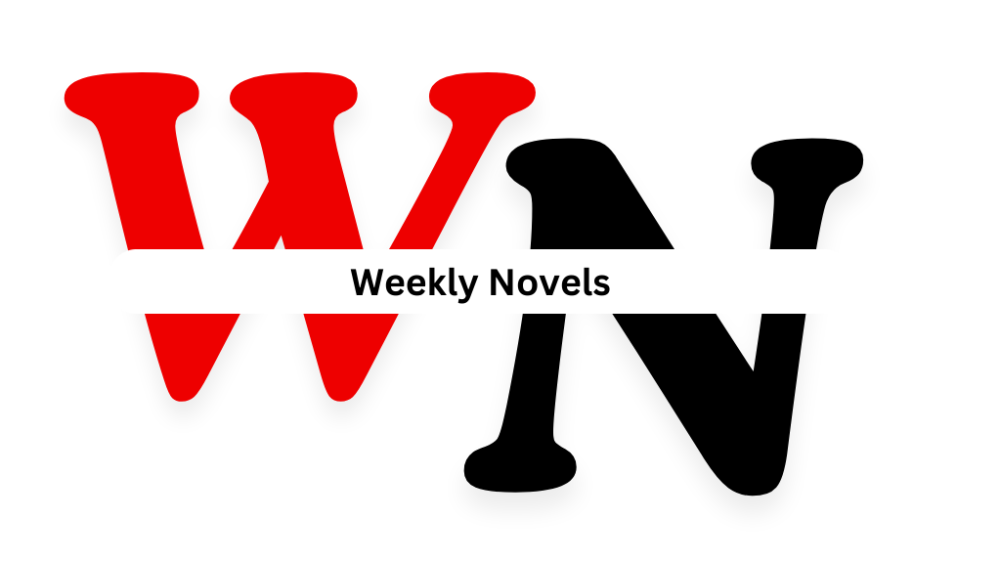Have you ever wondered how to capture the whimsical essence of mushrooms through art? Drawing:plcxcsjeqpq= mushroom can be both a delightful and educational endeavor, perfect for artists of all skill levels. These fungi are not only fascinating biological subjects but also have a variety of shapes and textures that make them ideal for artistic exploration. Whether you’re sketching a fairy-tale scene or a scientific illustration, understanding how to draw mushrooms can add depth and intrigue to your artwork.
Exploring Mushroom Art
Mushroom drawing offers a unique blend of artistic expression and natural beauty. Each mushroom’s distinct features—from the bulbous caps to the intricate gills underneath—provide a fantastic array of details to explore with your pencil or paintbrush. This form of art can be therapeutic, allowing you to connect with nature from the comfort of your drawing board. Artists often find inspiration in the peculiar yet charming forms of mushrooms, using them as focal points in larger compositions or as studies in texture and shading.
Types of Mushroom Drawings
Mushroom art can be categorized into several styles, each serving different artistic and educational purposes:
- Realistic Drawings: These aim to capture the detailed and accurate representation of mushrooms. Such drawings are essential for botanical art and scientific illustration, focusing on precision and detail to highlight the unique characteristics of each species.
- Stylized Drawings: These artworks embrace a more creative approach, often exaggerating features for effect or using vibrant colors. Stylized mushroom drawings are common in children’s book illustrations, fantasy art, and modern design.
- Abstract Interpretations: In abstract art, mushrooms can be deconstructed or simplified into basic shapes and forms. This style emphasizes emotional expression or conceptual ideas rather than realistic portrayal.
Crafting Your Own Mushroom Masterpiece
Drawing:plcxcsjeqpq= mushroom starts with observation. Begin by examining a real mushroom or a photograph. Notice the cap shape, stem thickness, and any unique textures or colors. Here’s how you can proceed:
- Sketch the Basic Shapes: Start with simple shapes to form the mushroom cap and stem. Circles or ovals work well for the cap, while a cylindrical shape suits the stem.
- Add Details: Once the basic form is established, refine your drawing by adding details. Sketch the gills or pores under the cap, and add texture to the stem and cap for a more realistic look.
- Play with Light and Shadow: Mushrooms offer great opportunities to practice shading. Determine your light source and add shadows accordingly to give your drawing depth and dimension.
- Experiment with Mediums: Mushrooms look fantastic in pencil, ink, watercolor, or even digital formats. Each medium can bring out different aspects of their mystical and earthy nature.
Exploring the Uses of Drawing:plcxcsjeqpq= Mushroom
Drawing:plcxcsjeqpq= mushroom isn’t just about creating beautiful artwork; it’s a multifaceted activity with several beneficial applications. From educational purposes to enhancing mental health, the act of drawing these fungi can have profound impacts on various aspects of life.
Practical Applications of Drawing:plcxcsjeqpq= Mushroom
- Educational Tools: Mushroom drawings are invaluable in teaching botany and mycology, helping students visualize and understand fungal anatomy and lifecycle.
- Scientific Illustration: For mycologists, accurate drawings of mushrooms are crucial for documenting species, aiding in research and identification.
- Therapeutic Art: The intricate details and organic shapes of mushrooms make them excellent subjects for therapeutic art activities, promoting relaxation and mindfulness.
- Creative Expression: Artists often use mushrooms as motifs in artworks to explore themes of nature, decay, and growth, expressing personal or cultural narratives.
- Interior Decor: Artistic mushroom drawings can be used in home decor, providing a touch of nature-inspired art that complements modern and rustic styles alike.
- Culinary Design: Chefs and food marketers might use mushroom drawings in cookbooks or promotional materials to illustrate recipes or highlight the appeal of dishes featuring fungi.
Impact of Drawing:plcxcsjeqpq= Mushroom
Engaging in mushroom drawing can significantly enhance one’s appreciation for nature’s minutiae, encouraging a closer observation of the natural world. It bridges the gap between art and science, offering a unique perspective on fungal beauty and complexity. Whether for personal enjoyment or professional use, the impact of drawing:plcxcsjeqpq= mushroom is as profound as it is diverse. What other aspects of nature do you think could benefit from artistic exploration?
Conclusion
Drawing:plcxcsjeqpq= mushroom is more than just a visual endeavor; it’s a pathway to appreciating the intricate and often overlooked parts of our natural world. Whether you aim for hyper-realistic details or abstract expressions, mushroom art can expand your artistic boundaries and deepen your observational skills. So why not grab your favorite drawing tools and start exploring the enchanting realm of mushrooms?

